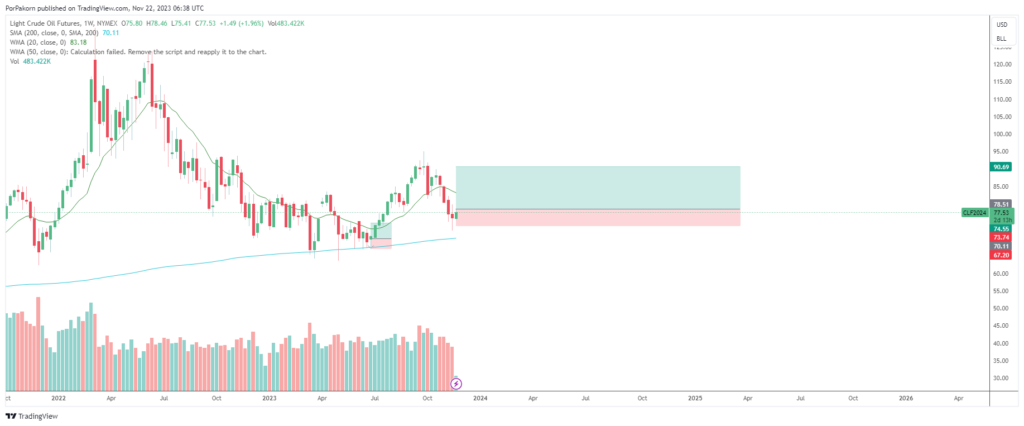Introduction
As WTI crude futures steadied at approximately $78 per barrel midweek, traders anticipated the forthcoming OPEC+ meeting, poised to influence market dynamics. Recent days saw oil prices surge over 6%, driven by speculations hinting at potential deepening of supply cuts by major producers within the group. Analysts attributed this projection to the decline in speculative positioning and timespreads, coupled with unexpectedly high inventories, reinforcing the case for such measures. Oil signals
Concurrently, data unveiled a staggering uptick in US crude inventories, soaring by approximately 9 million barrels in the previous week, defying market expectations that predicted a mere 1.5 million barrel increment. This substantial surge, juxtaposed against forecasts, raised concerns among investors, accentuating the need for a cautious outlook. The apprehension stemmed from anticipated weaker demand alongside global economic deceleration, especially regarding key economic indicators from the US and China, both colossal consumers in the oil market.

OPEC+ meeting
These oil signals emanating from the OPEC+ meeting deliberations and the startling surge in US crude inventories demand vigilant interpretation. The market’s responsive surge to the speculative anticipation of supply cuts reflects the delicately poised equilibrium that currently characterizes the oil landscape. Analysts’ insights draw attention to the intricacies embedded within the market sentiment, juxtaposed against tangible data showcasing unexpected inventory increments.
Navigating these intricacies warrants astute vigilance and an adaptive approach. The looming specter of potentially intensified supply cuts, amidst a backdrop of escalating inventories, underscores the volatility pervading the market. As investors tread cautiously amid fears of weakening demand and the looming global economic slowdown, interpreting these oil signals becomes quintessential for informed decision-making.

Advisory standpoint:
While the speculation around OPEC+ actions and inventory fluctuations stirs market sentiments, investors should adopt a prudent, data-backed approach. Monitor market updates, analyze supply-demand dynamics, and track economic indicators closely. Diversification within portfolios and hedging strategies can mitigate potential risks in this volatile landscape. Furthermore, staying abreast of geopolitical developments impacting oil production and consumption trends remains crucial.
In conclusion, decoding the multifaceted nuances embedded within these oil signals mandates a comprehensive understanding of market dynamics and a forward-thinking approach. As OPEC+ gears up for pivotal decisions and US inventory surges raise eyebrows, astute interpretation coupled with proactive strategies will empower investors to navigate the fluidity of the oil market landscape.







One thought on “Decoding Oil Signals: OPEC+ Meeting Preparations and Inventory Surges”